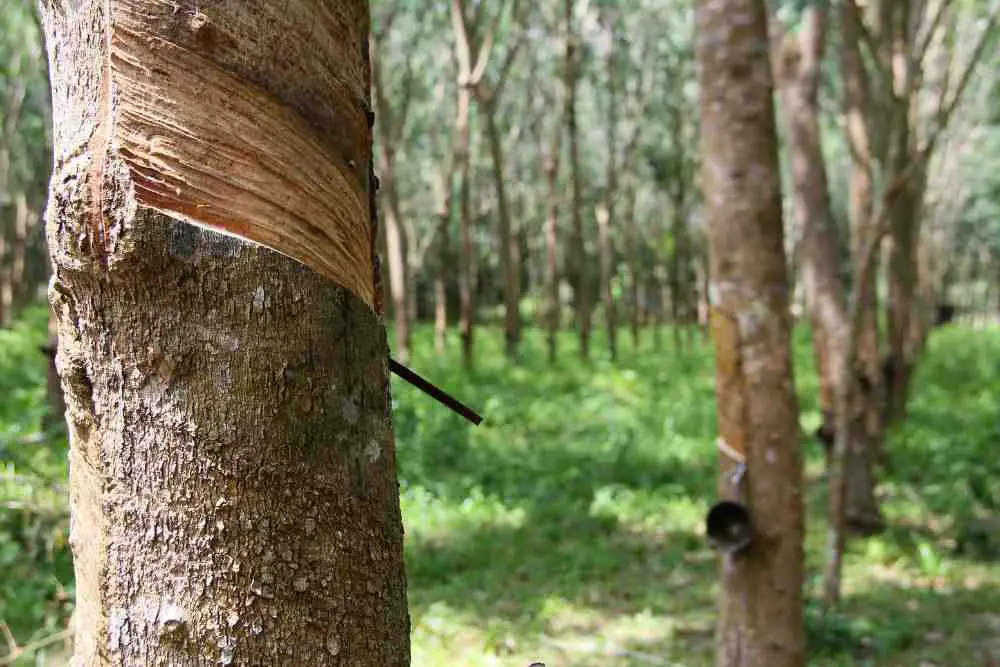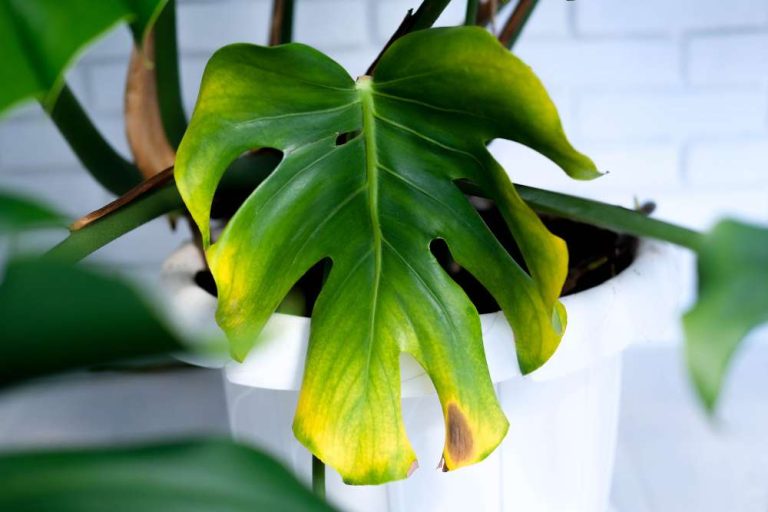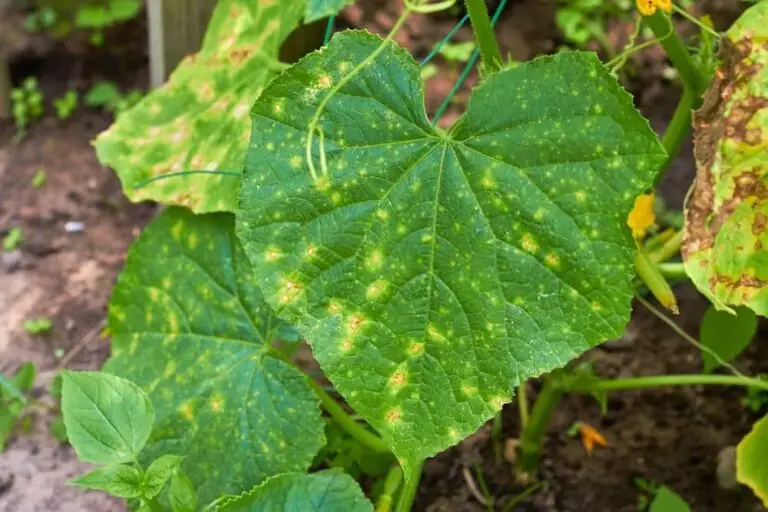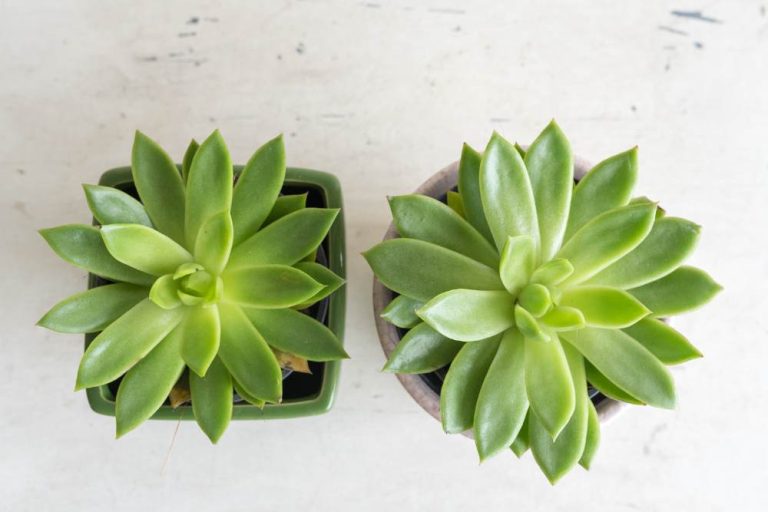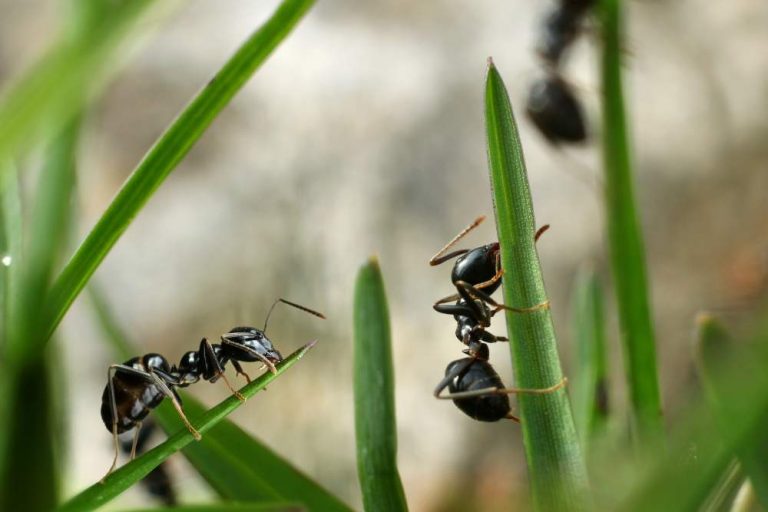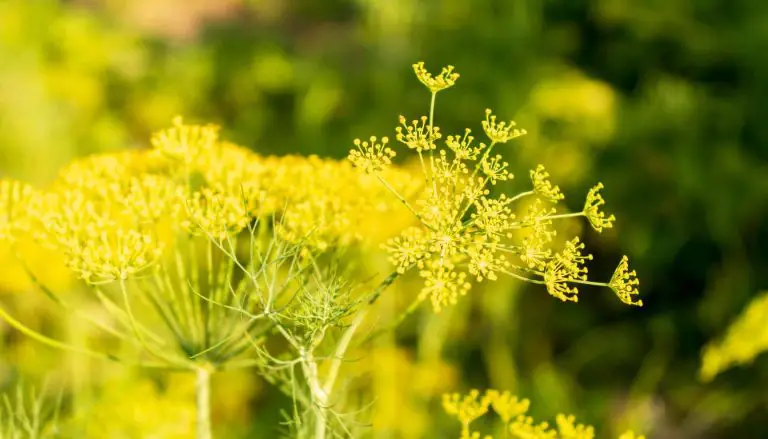13 Pest and Diseases of Rubber – Leaf, Panel and Root Disease
1. Leaf Disease
2. Panel Disease
3. Root Diseases
RUBBER LEAF DISEASES
1. Odium Leaf Disease
Causal Organism: Odium heveae
The fungus infects leaves at various stages of maturity. Predominantly noticed on newly formed tender flush during the refoliation period. Tender leaves with ashy coating curl, crinkle, and edges roll inwards and fall, leaving the petioles attached to the twigs like a broom-stick. After a few days, the petioles also fall. Die-back of twigs follows. On older leaves, white patches later, cause necrotic spots to reduce photosynthetic efficiency.
Infected flowers and tender fruits are shed, affecting seed production. Susceptible clones such as; PB 86, GT 1, GL1, PR 107, and PB 5/139 should be avoided since these clones are easily affected by this disease.
Dusting during the refoliation period commencing from bud break in about 10% of the trees, giving 3 to 4 rounds weekly to fortnightly interval using 11 to 14 kg 325-mesh fine sulfur dust per round per hectare. Sulfur mixed with an inert material like Talc (70:30) is commonly used.
2. Colletotrichum Leaf Disease
Causal Organism: Colletotrichum gloeosporioides
Colletotrichum gloeosporiodes have been described as the causal agent of Colletotrichum leaf disease of rubber in Sri Lanka and other parts of the world since 1905. It infects tender leaves, mostly at the leaf tip region, and spreads toward the leaf base.
Spots are small, brown in color, and surrounded by a yellow hallo. Numerous spots coalesce and dry up, leading to defoliation. The infected leaves often crinkle and become distorted before shedding. Eventually, it may cause to reduce the latex yield (30% – 70% reduction).
Clones like PB 86, RRII 300 are susceptible to the disease. These clones should be avoided since they are easily infected by the disease.PB 217, PB 260, and RRIM 600 are the clones showing some tolerance. These clones can be cultivated in order to develop their resistance. Copper containing fungicides such as; Bordeaux mixture, Copper Sandoz,P erenox, Dithane M 45 can be applied.
3. Phytophthora Leaf Fall
Causal organisms :
- Phytophthora meadii
- Phytophthora Palmivora
- Phytophthora citricola
Disease is spread by splash dispersal, current of damp air, and insects. Disease epidemics are dependent on weather conditions in addition to the clone susceptibility-occurs during SW monsoon.
Symptoms are first seen on the immature green pods, which are most susceptible. Small lesions, usually at the basal end of the pod, enlarge with continuous wet weather into brown water-soaked areas, and correspondingly, the globules of latex become bigger and more apparent. The pod surface soon gets covered with a white mass of sporangia, which are washed by rain down onto the leaves where they cause further infections.
On leaves, circular, brownish water-soaked lesions appear on the lamina with fine droplets of coagulated latex in concentric rings. Lesions eventually coalesce to form large, irregular necrotic areas. Leaflets are easily shed on vigorous shaking. The infection of shoot apices leads to shooting dieback. Infections elsewhere on green shoots result in depressed dark brown areas, often with a white mat of sporangia.
Tapping wounds become infected during the rains when lesions on pods are actively sporulating. Sunken, vertically parallel depressions develop just above the tapping cut and sometimes also below it.
When infected bark is removed, characteristic, distinct vertical black lines are seen on the wood corresponding to the external depressions (black stripe or black thread). Unless treated, infections result in uneven regeneration of the bark giving panel burrs, which make subsequent tapping difficult or impossible.
In advanced stages of infection, the bark splits open, causing gaping wounds (canker) with foul-smelling pads of coagulated latex between the bark and wood. The susceptibility of rubber clones to leaf fall varies considerably.
In Sri Lanka, RRIC clones 52, 100, and 102 were more tolerant than the other clones tested, but clones such as RRIC 600, which were susceptible in wet districts, showed a high degree of resistance under drier conditions. The planting of resistant types has been carried out. Fungicidal control is attempted in areas where Phytophthora meadii is prevalent. In tests in Sri Lanka, hexaconazole, propiconazole, and bitertanol were effective against leaf drop disease.
4. Corynespora Leaf Fall
Causal organism : Corynespora cassiicola
This is one of the most important diseases of the Hevea rubber tree in Asia and African countries. The first occurrence of a severe epidemic of Coryncsporcl leaf disease on the mature plantation was in Sri Lanka from 1985 to 1986 in the clone RRIC 103. The pathogen affects both young and old leaves and causes leaves to fall all year round. This may lead to a delay in maturation of young rubber trees, yield reduction of mature rubber trees and even plant death on susceptible clones.
The disease causes circular or irregular amphigenous spots. Each spot has a brown or white papery center surrounded by a dark reddish-brown ring. A yellow halo surrounds the ring. Usually, the main vein or small veinlet adjacent to the spots become dark-colored, giving rise to ‘fishbone’ or ‘railway track appearances. Sometimes, the shot-hole effect is also noticed on leaves due to the disintegration of the center of the spots. Repeated defoliation occurs on highly susceptible clones resulting in the death of the plants.
It is the severe damage that happens to the rubber plant. In order to control the disease, infected plants should be uprooted and burnt. As a chemical method of control, nurseries can be sprayed with fungicides of Captan, Antracol, Dithane M 45. The use of resistant varieties such as RRIC100, RRIC102, RRIC122, RRIC130, RRIC117, PB 86 also can help to control the disease.
5. Bird’s Eye Spot Disease
Causal Organism : Bipolaris heveae
This is a hot weather disease serious and damaging in the nursery. Weaker plants and plants growing underexposed situations are more susceptible. When infected, tender brown leaves appear to have dark brown water-soaked spots. Other leaves become black and get shrivelled and distorted.
Infected light green leaves show minute yellow spots, which later develop a narrow reddish-brown margin and a white papery center. Lesions on the leaves are circular with a reddish-brown margin and a silvery-white central area and later fall off.
This disease can be controlled by giving repeated spraying with Bordeaux mixture or any copper-containing fungicide at weekly intervals. Seedlings should be maintained in vigorous condition through an adequate balance of nutrition, and the drainage of the soil should be well maintained. As nursery seedlings are susceptible, shading the nursery plants reduces the disease incidence.
ROOT DISEASES OF RUBBER
1. White Root Disease
Causal organism :Rigidoporus microporus
In this disease, leaves lose their lustre, green color, and normal curvature. Leaves appear leathery and curve downwards instead of the normal boat-shaped; they discolor from deep-green to increasingly yellowish-brown. Initially, the discoloration of the foliage may affect only one branch, but it later spreads to the whole canopy. Infected trees may flower and fruit off-season.
Eventually, leaves drop, branches die back, and infected trees die, leaving large vacant spaces in severely attacked fields. On roots, networks of rhizomorphs are firmly attached. The growing ends of rhizomorphs from whitish fans. Mature rhizomorphs are brownish or may assume the color of the surrounding soil. Severely infected roots are soft and watery with a creamy colour. Characteristic fruiting bodies form on tree collars.
Control of white root disease is highly necessary to prevent it from spreading to neighboring trees. Disease control should commence as early as possible, normally about one year after planting, and be regularly continued thereafter.
White root disease incidence should be eradicated, or be at its very minimum, by the time the rubber trees are opened for tapping at 5-6 years old. The use of varieties resistant to the White root disease can help to control the disease. Other than that, cultural practices form a major component of control, especially targeted to reduce the inoculum level.
When a rubber area is to be replanted, the methods used to clear old trees from the land determine the residual level of inoculum. Full mechanical clearing – uprooting the trees, ploughing and raking the land to collect and dispose of the rubber roots – offers the least incidence of root disease in replanting. Planting of creeping legume covers assists in reducing the incidence of white root disease by promoting faster decay of inoculum as well as creating suppressive environments.
Injuring the roots of the plants should be avoided in order to prevent infection by the spores. Infected trees, along with the roots, should be removed where possible. Alternatively, infected trees, especially in a mature rubber area, should be enclosed within a trenched area to prevent contact between roots of diseased and healthy trees. Soil sulfur amendment, a form of indirect biological control, can be used to control this disease.
2. Black Root Disease
The Black Root disease of Hevea caused by the Ascomycete fungus Xylaria thwaitesii is a root disease of the rubber tree. The first recognizable above ground symptom is the appearance of clusters of fructifications which arise from dead lateral roots, or more generally, at the collar of the tree.
The young fructifications arise as white knob-like structures, 0.5- 1 .0 cm in diameter, developing in about 20-30 days into clusters of erect clubs 2-6 cm high and 0-5-2 cm in diameter.
In the transverse section, they are white internally and brownish-grey to black in its thin peripheral perithecia- bearing layer. On lateral roots, the fungal colony advances roughly fan-wise.
The advancing edge is white externally but rapidly turns grey to black in color. With age, the mycelium aggregates into bands or streaks, which later form a closely-knit network forming a continuous or patchy thin, smooth, black skin on the root surface.
Internally the cortex becomes discolored from its normal creamy or off-white color to a dull brown color, usually 1 – 2 cm in advance of the fungus. At the early stages of infection, the wood of lateral roots shows a light brown discoloration 2-5 mm deep, immediately below the cortex. The root system of infected plants should be exposed, taking care to avoid damage to the roots, and the source of infection or “food-based” should be traced and removed.
All the lateral roots penetrated by the fungus should be excised. These can be recognized by the lack of latex on slight scraping of the root surface. Any superficial growth of fungal mycelia or rhizomorphs left over should be carefully scraped.
A collar protectant such as “Fomac 2” or “Collar Protectant” which have pentachloronitobenzene as their active ingredient, should then be applied around the collar and basal portion of the laterals and the top of the taproot, before refilling the soil.
It is important to apply a collar protectant as a prophylactic measure on the root system of adjacent healthy plants. The infected roots must be burnt, preferably on the spot, without allowing them to be accidentally introduced into the rest of the clearing as these could become potential foci of fresh infections.
Control of black root disease in mature areas mainly consists of the removal of diseased plant material with a view to preventing the spread of infection to healthy trees. Therefore, the only remedial measure that could be adopted is to uproot and burn as much of the infected material as possible. Isolation of the infected area by sprinkling sulfur dust in a cleared narrow band should also help to prevent further spread of the disease.
3. Fusarium Wilt
Causal organism: Fusarium solani
Initially, the bark was ridged and became brown; then, the lesions ruptured, and white latex flowed out as the disease progressed. Beneath the diseased bark, the phloem and xylem were also ridged and became brown.
Eventually, all the bark, phloem, and xylem became black-brown or black, the bark dried and further split and abundant latex flowed out along the branch and formed black latex lines. On diseased plants, leaves dropped off in advance of the lesions, twigs died back, and plants stopped growing.
The following helps reduce favourable conditions. Drenching the soil with systematic fungicide. Avoid any cultivation around roots once planted and established. Wounded roots are the primary source for the fusarium to enter the plants. Raise the soil to pH 6.5 -7.0. Use nitrate sources of fertilizers. Avoid using ammonium-based fertilizers.
Avoid flood irrigation (water could be contaminated). Keep the soils cooler than 80°F (if possible) by using a thick layer of mulch (also reduces the need for cultivation and potentially damaging the roots). Know your seed source. Fusarium can be spread by seed.
PANEL DISEASES
1. Bark Rot (Black strip, Black thread canker)
Causal Organisms:
- Phytophthora meadii
- Phytophthora palmivora
- Infect the inner bark.
- Sever during monsoon months.
- Virgin bark is more susceptible.
- Cause tree loss and Yield loss.
Dark gray sunken lines above tapping cut. These lines could combine & form a continuous depressed patch on the panel. The disease can spread to untapped bark, making cracks with latex exudation & formation of latex pads. When infected bark is removed, vertical black lines can be seen on the wood.
Apply oil-based fungicides – preventive method in India. Apply Brunolium (15%) or Ridomil (5g/L) during wet periods.
2. Pink Disease
Causal organism: Corticium salmonicolor
Affects the stems and branches, mainly the young rubber trees. Primarily a disease of the bark, in advanced stages, the infection spreads from the bark into the underlying wood. Severe during the monsoon period. Wet weather and high relative humidity are favorable for disease development. The stem with brown bark is affected anywhere from the base to branches. In young plants, the forking region is more vulnerable.
Apply 1% Bordeaux mixture to the fork region and branches. Frequent tree inspection should be done. Scrape and remove the mycelia & decaying bark and apply a suitable wound dressing.
PEST ATTACKS OF RUBBER
Rubber is a crop that has the least number of phytophagous insects feeding on it. Although only very few insect species are found feeding on rubber, these species may reach damaging levels if left poorly managed, considering that rubber is usually grown as a mono-crop. Such common pests are,
- Mealybug
- Red spider mite
- Yellow mite
- Scarlet mite
- Scales
1. Yellow Mites
Lorryia Formosa, commonly known as the yellow mite or the citrus yellow mite, is a species of Acariformes mite. They are in the subfamily Tydeinae of the family Tydeidae. Commonly found on the foliage of citrus trees worldwide, Lorryia Formosa also associates with various other plant types. Life cycles of Lorryia Formosa are characterized by six distinct developmental stages: egg, larva, protonymph, deutonymph, tritonymph, and adult.
The average lifetime is 37 days, of which 60% is considered adulthood. The females of the species use an asexual form of reproduction where the growth and development of embryos occur without fertilization by a male; this type of parthenogenesis, where females are produced from unfertilized eggs, is called thelytoky.
The sex ratio is also greatly influenced by the host plant: one study found that on citrus, 30% of the population were males, compared to 62% males when reared on grapefruit. Reared on rubber trees, the percentage of males in the population drops to very low, or nothing. When yellow mites attack into rubber plants, they can observe light dots on the leaves. Severe infestation may cause leaves to turn yellow and drop. And the development of leaves gets an unhealthy appearance.
Spraying with insecticidal soap or horticultural oil, hosting the plant down with water. Use insecticidal sprays containing malathion and release natural predators of yellow mites that can be done to get rid of them.
2. Red Spider Mite
Tetranychus urticae (common names include red spider mite and two-spotted spider mite) is a species of plant-feeding mite generally considered to be a pest. It is the most widely known member of the family Tetranychidae or spider mites.
The red spider mite is extremely small, barely visible with the naked eye as reddish or greenish spots on leaves and stems; the adult females measure about 0.4 mm long. The red spider mite, which can be seen in greenhouses and tropical and temperate zones, spins a fine web on and under leaves. Spider mites are not true insects but are classed as a type of arachnid, relatives of spiders, ticks and scorpions.
Most mite species lay eggs on the leaves and bark of host plants. When temperatures warm, tiny six-legged larvae begin hatching and feed for a few days before seeking shelter where they molt into the first nymphal stage.
Nymphs have eight legs and pass through two more molts before becoming mature adults. After mating, females continuously produce as many as 300 eggs over a couple of weeks. Hot, dry weather favors the rapid development of these pests. During such conditions, the time it takes to pass from egg to adult may occur in as little as five days. There are several overlapping generations per year.
This spider mite is extremely polyphagous. It can feed on hundreds of plants. It lays its eggs on the leaves, and it poses a threat to host plants by sucking cell contents from the leaves cell by cell, leaving tiny pale spots or scars where the green epidermal cells have been destroyed.
Although the individual lesions are very small, attack by hundreds or thousands of spider mites can cause thousands of lesions, thus significantly reducing the photosynthetic capability of plants. Leaves first show patterns of tiny spots or stippling.
They may change color, curl and fall off. The mites’ activity is visible in the tight webs that are formed under leaves and along stems. Chemical pesticide use encourages the spread of spider mites by killing the beneficial insects that prey on them.
Mites are also known to develop quick resistance to various pesticides. For these reasons, it’s important to control mites with effective natural and organic methods.
Prune leaves stems and other infested parts of plants well past any webbing and discards in the trash (and not in compost piles). Don’t be hesitant to pull entire plants to prevent the mites from spreading to their neighbors.
Use the bug baster to wash plants with a strong stream of water and reduce pest numbers. Commercially available beneficial insects, such as ladybugs, lacewing and predatory mites, are important natural enemies. For best results, make releases when pest levels are low to medium.
If populations are high, use a least-toxic, short-lived pesticide to reduce infestations, then release predatory mites to maintain control. Insecticidal soap, neem oil or botanical insecticides can be used to spot and treat heavily infested areas.
Dust on leaves, branches, and fruit encourages mites. Removing dust from trees is a worthwhile preventative. Water stress makes the plant more susceptible to mite infestations. Make plants properly watered.
3. Scarlet Mite
A flat scarlet mite is a relatively sedentary pest that tends to live in groups. It overwinters as fertilized females on the bark of trees. They become active in early spring, from April onwards, and invade the foliage and flower/fruit clusters in May.
The first eggs are laid on the wood late in April, but subsequently, eggs are laid along the midrib, beneath the leaf hairs. Eggs hatch from late June onwards. Mating takes place in August and September.
The males die, and fertilized females migrate to the bark where they overwinter. There is one generation per year. Feeds mainly on the undersurface of the maintenance foliage, especially near the midrib and the petiole. There is dark brown necrosis of the midrib and petiole. The heavy attack leads to severe defoliation.
Biological control
Natural enemies
- Western predatory mite
- Six spotted thrips
- Spider mite destroyer
- Brown lacewing
- Green lacewing
- Ladybugs
Natural insecticides also can use for controlling scarlet mites.
- Biorational controls
- Neem oil
- Horticultural oils
- Pyrethrins
- 20+ Chic Boho Bedroom Ideas for a Cozy and Stylish Retreat - June 20, 2024
- 12+ Modern Boho Living Room Ideas to Create a Unique Oasis - June 10, 2024
- 10 Stunning Canopy Bed Ideas for a Dreamy Escape - May 16, 2024

